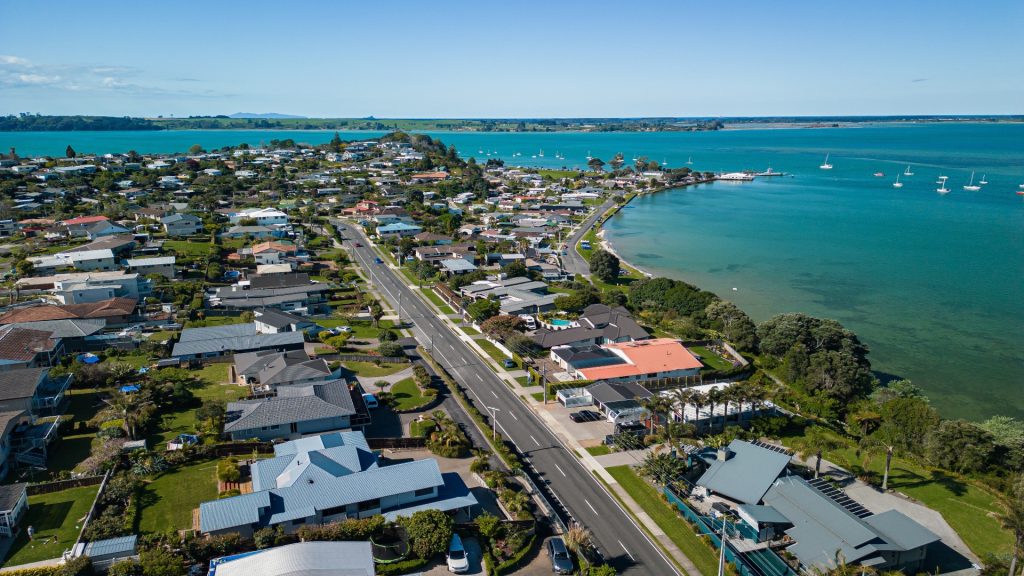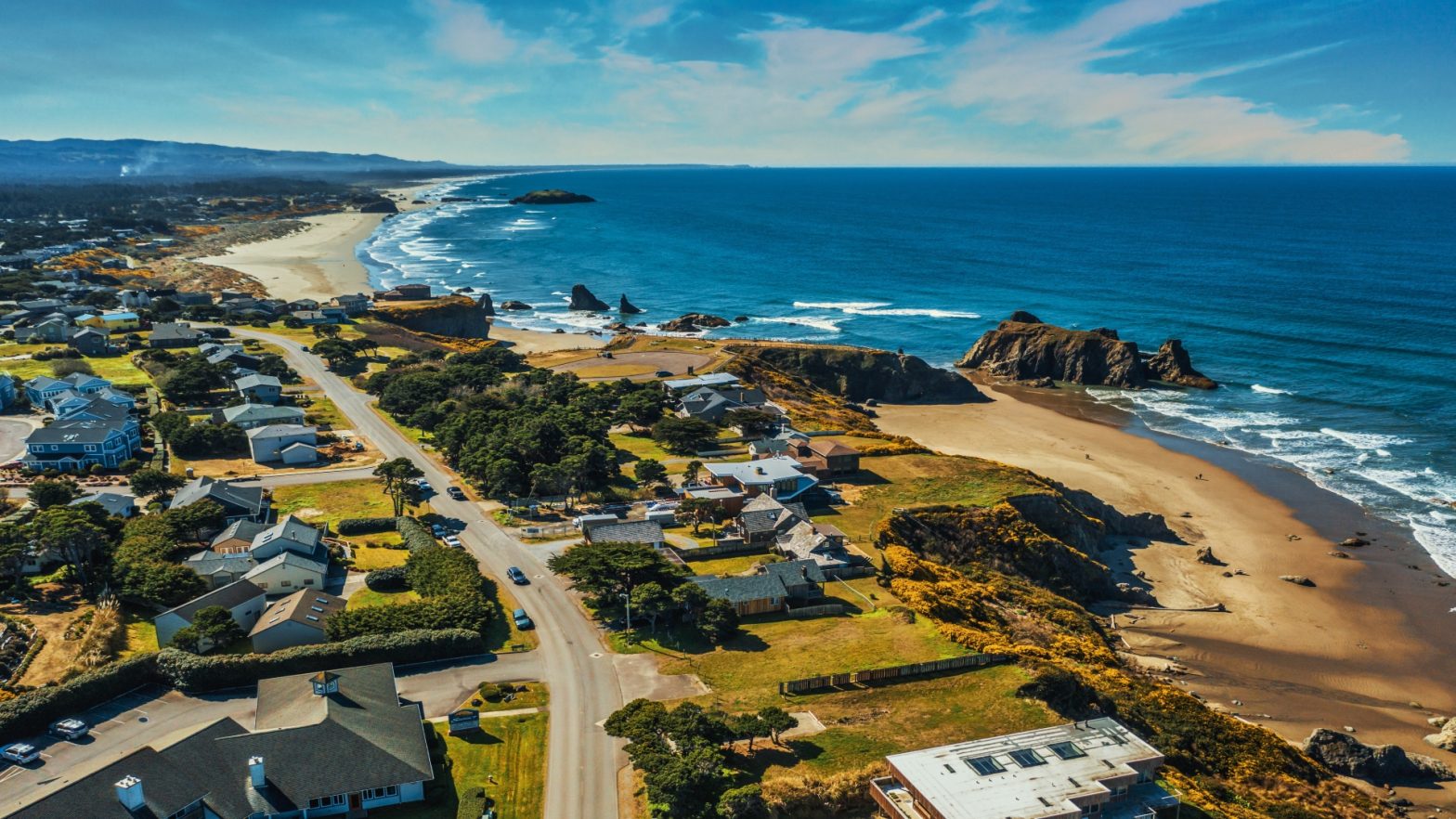Are you thinking about making a big move to live near the beach? Moving to a coastal town is exciting, but it also comes with some special things to consider. This list covers the key points to keep in mind so you can be prepared and make a smooth transition to beach living. So, read on for the insight!
Get to Know the Area Really Well
Before you decide to move anywhere, you’ll want to learn as much as you can about that place. For a coastal town like Longboat Key real estate, look into the town’s history, the types of people who live there, job opportunities, schools (if that applies to you), and what day-to-day life is like. Also, research the typical weather patterns, including how often storms or hurricanes hit. Knowing these details will help you figure out if it’s the right spot for you and your family.
Understand the Natural Disaster Risks
One of the biggest things about seaside living is being more exposed to natural disasters like big storms, hurricanes, and flooding. Talk to locals who have lived there a long time to get the inside scoop on what kinds of risks the area faces. You’ll also want to know the emergency plans for getting people evacuated when extreme weather is coming.
Get Flood Insurance
Regular home insurance usually doesn’t cover damage from floods. But in coastal areas, flooding is a major risk you need to protect against. Look into getting a separate flood insurance policy. The government’s National Flood Insurance Program provides affordable coverage options. Private insurance companies also offer policies specifically for coastal homes. Shop around and read the details carefully to get the right coverage.
Be Picky When Choosing Your Home
When house hunting near the coast, pay close attention to the home’s elevation and how close it is to the shoreline. Homes built higher up and further inland may have less risk from storm surges and flooding. The age of the home matters too – older houses might need extra reinforcing to stand up to high winds and heavy rains. Don’t just look at the home itself, but its specific location and storm resilience.
Budget for Higher Insurance Costs
Unfortunately, it costs more to insure a home in a coastal region because of the increased risks from storms and flooding. Get quotes from multiple insurance providers and compare their rates, coverages, and deductibles side-by-side. Understand what is and isn’t covered for coastal properties so you don’t have surprises. Make sure to factor these likely higher insurance costs into your moving budget.
Prepare for an Overall Higher Cost of Living
Beyond just housing and insurance, many of your regular costs for living are likely to be higher in a coastal town compared to inland areas. Things like transportation, utilities, and groceries tend to be more expensive because of the remote location and shipping challenges. Research typical living costs in that specific area so you can adjust your budget accordingly.
Get Your Home Storm-Ready
If you buy an existing home near the coast, you may need to do some projects to reinforce it against harsh weather. Impact-resistant windows, a fortified roof, and a backup generator can all help protect your property during severe storms and power outages. Taking these precautions can minimize damage and give you peace of mind.
Know the Local Evacuation Plan
Most seaside communities have an emergency plan laid out for evacuating residents when hurricanes or other disasters strike. Once you move, make sure you learn the designated evacuation routes, shelters, and procedures. Put together an emergency supply kit with essentials like water, non-perishable food, medicine, and important documents. Also make a family communication plan so you know how to reconnect if you get separated.
Embrace the Coastal Lifestyle
While coastal living requires some added preparation, it also allows you to experience wonderful benefits. Get involved in the local culture, and spend lots of time outdoors enjoying the beach and water activities like fishing or boating. Appreciate the natural beauty surrounding you. Connecting with your new community will help you better adapt to the unique coastal way of life.
Stay Alert and Ready
The key to safe coastal living is staying vigilant and prepared. Keep a close eye on weather reports and always follow orders to evacuate if issued by officials. Have a home maintenance routine like trimming trees and securing loose objects that could cause damage in storms. With the right planning and precautions, you can relax and enjoy everything that makes living by the ocean so special.
The Bottom Line
Deciding to move to a coastal community is a big life choice that requires careful thinking and planning ahead. By following this 10-point checklist, you can handle the extra considerations involved and set yourself up for a smooth transition into your new seaside community. Being informed, prepared, and willing to adjust to the coastal lifestyle will go a long way toward making your ocean dream a reality.


































